Wig Basics
Wig is a kind of artificial hair product, which is widely used to change hair style, increase hair volume, cover baldness and other purposes.

This article will introduce the basic knowledge of wigs, including the types of wigs, materials, selection and care.
The type of wig
1. Full Wig: A full wig is a wig product that covers the entire head, similar to a hat, and can completely change the hairstyle and hair color. Full wigs are usually made of synthetic or human hair and come with an adjustable cap to accommodate different head sizes.
2. Hair Piece: A hair piece is a small piece of wig, usually used to increase the volume of hair or cover certain areas of baldness. Hair pieces can be fixed to natural hair to make the hairstyle more full and natural.
3. Hair Extensions: A wig is a long, thin piece of hair that is usually used to extend the length of natural hair. They can be attached to natural hair by means of clips, adhesives, or braiding.
4. Hair Toppers: Hair toppers are a type of wig product similar to hair pieces, but larger and thicker, usually used to cover bald or sparse areas on the top of the head.
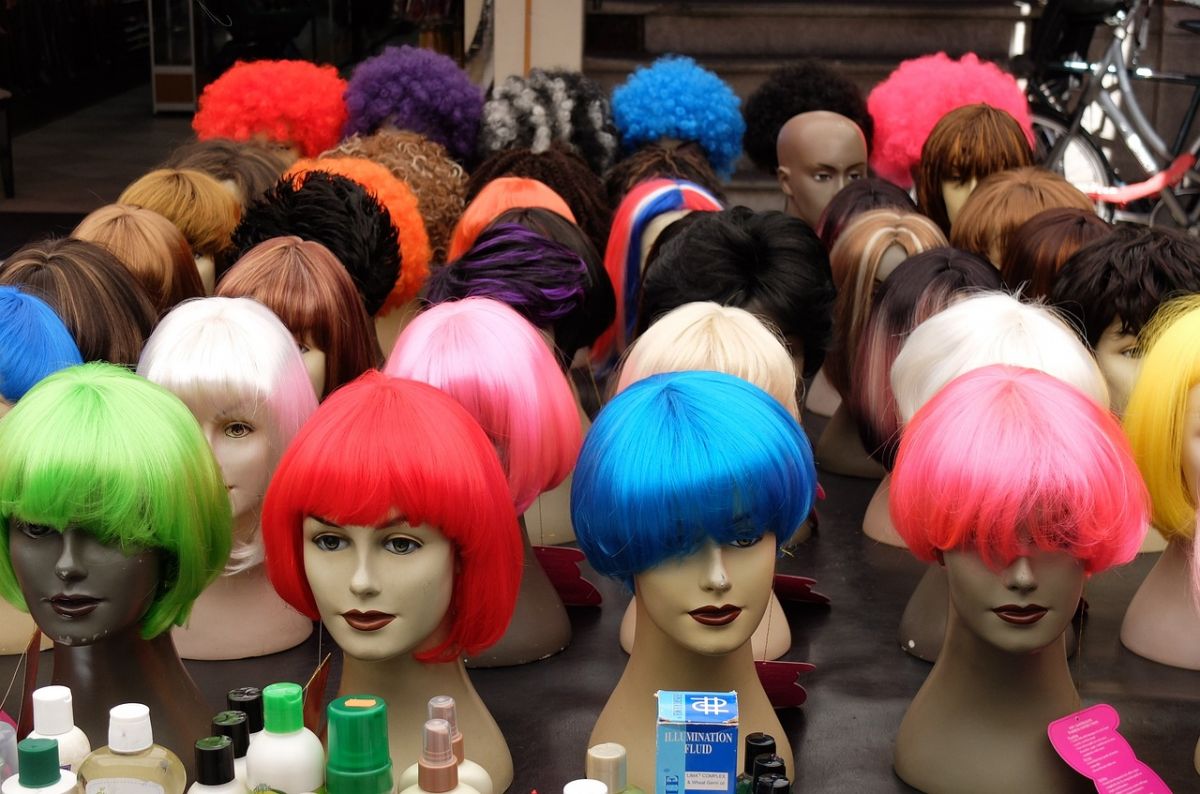
Choose the right wig
1. Color and style: Choosing the right wig color and style is very important to ensure that it matches natural hair and meets personal preferences. You can choose a color that is similar to your natural hair, or try new hair colors to add variety.
2. Head circumference and size: The wig needs to match the head circumference size to ensure comfort and stability. You can choose the right wig size based on your head circumference, or choose a wig with an adjustable cap.
3. Material and quality: Choose the right wig material according to your personal needs and budget. Synthetic wigs are suitable for short-term use and low cost needs, while human hair wigs are suitable for long-term use and higher quality requirements.
Wig care
1. Cleaning: Wigs need to be cleaned regularly to keep them clean and hygienic. Special wig conditioners can be used, washed and treated according to the instructions.
2. Storage: When the wig is not in use, it should be stored in a clean, dry and well-ventilated place. Special wig holders or boxes can be used to store wigs and avoid knots and damage.
3. Heat treatment: Synthetic wigs are generally not resistant to high temperatures, so hot tools such as curling irons or hair straighteners should be avoided for perm or styling. Human hair wigs can withstand a certain degree of heat treatment, but it is still necessary to use heat tools carefully to avoid damaging the hair strands.
4. Combing: Use a wide tooth comb or special wig comb to gently comb the wig, avoiding excessive pulling and knotting. Before grooming, you can use a special wig spray or hair product to reduce static and keep it smooth.
5. Maintenance trim: Trim the wig regularly as needed to keep the hairstyle neat and orderly. You can have your hair cut by a professional stylist, or follow the instructions to trim it yourself.
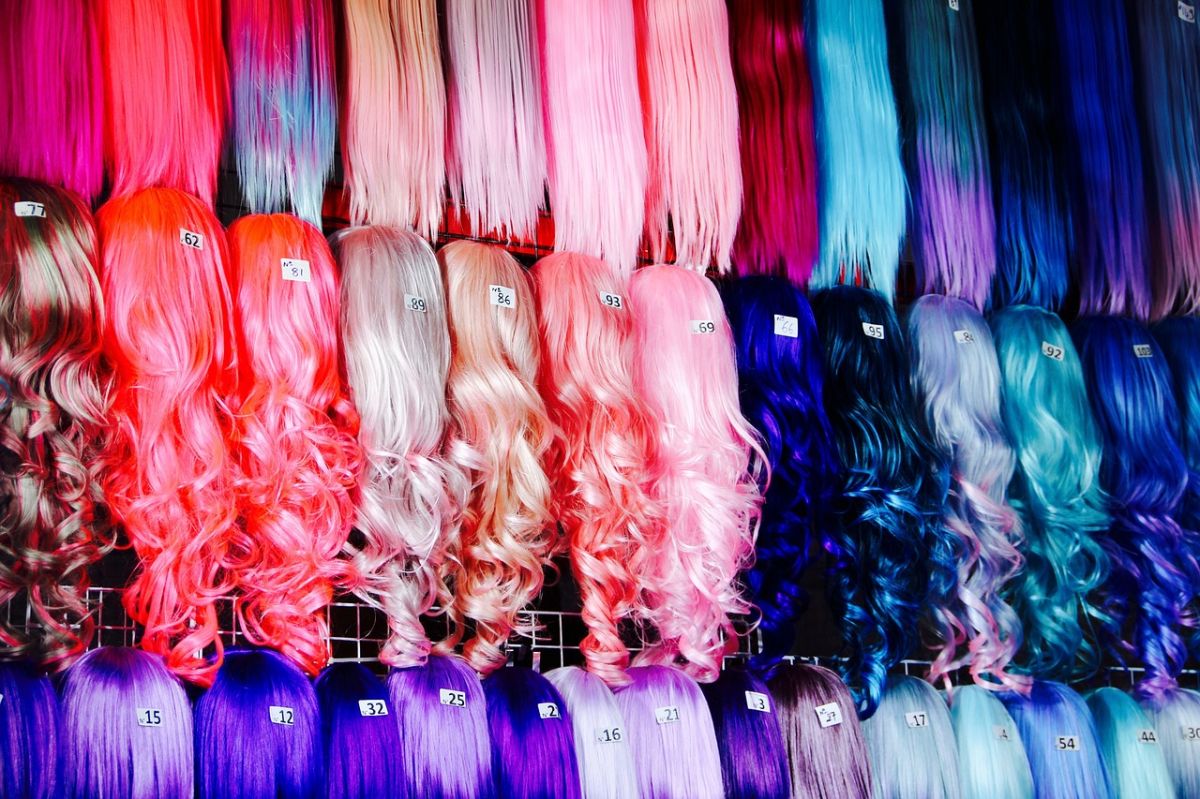
Peroration
All in all, wigs are a common beauty product for human beings, and they provide functions such as changing hair styles, increasing hair volume, and covering baldness. Understanding and knowing the basics of wig types, materials, selection and care is crucial to choosing and using wigs. Hopefully this article will provide you with the basics about wigs and help you feel more confident and satisfied when using wigs.
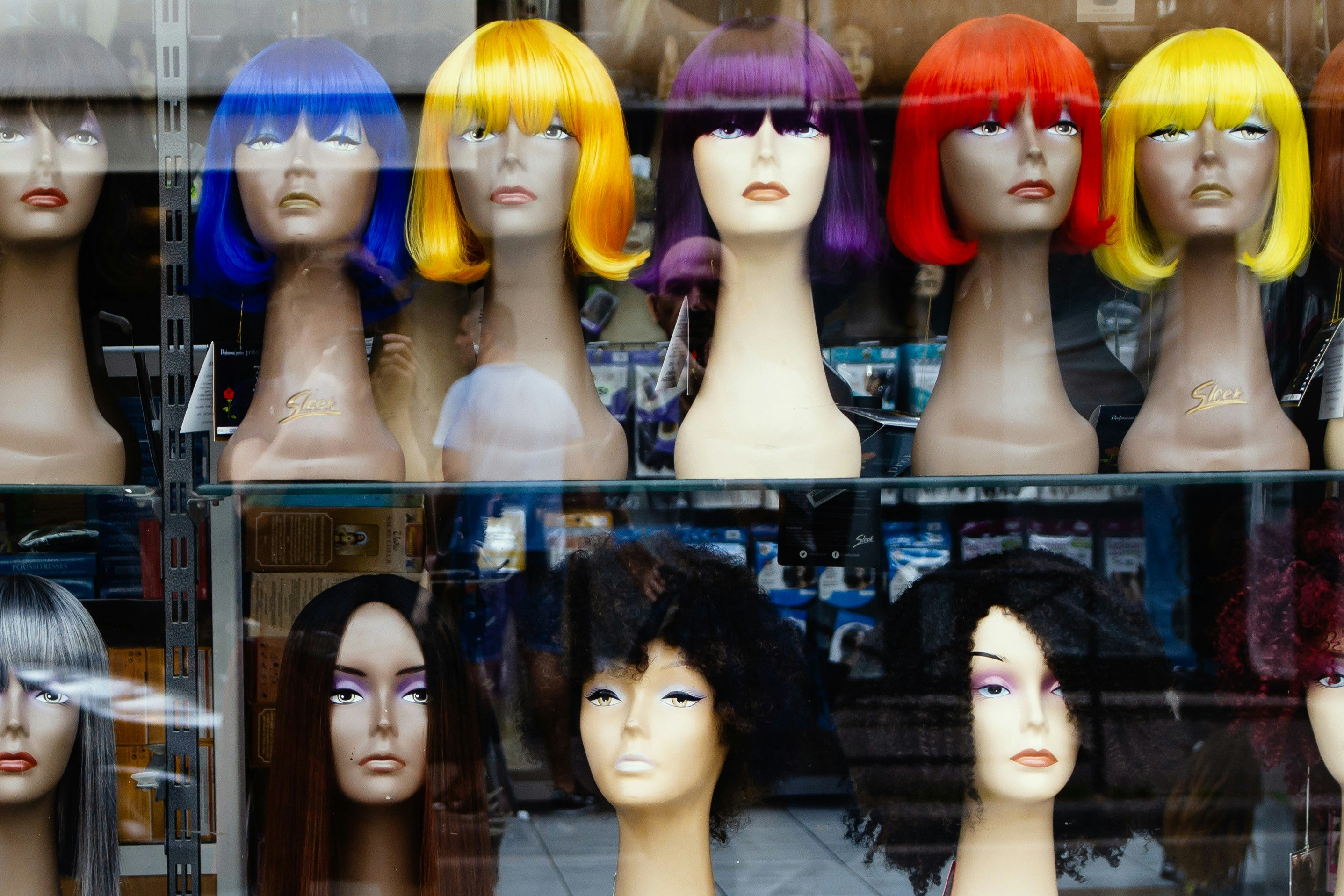
Step by Step Instructions to Wear a Wig
However, wearing a wig is not a simple matter and requires a certain amount of skill and patience. This article will detail the steps and precautions on how to wear a wig.1.Choose the right wigIt is pivotal to pick the right hairpiece. In the acquisition of hairpieces, you need to pick as per your head type, hair quality, hairdo and different variables. By and large, material of hairpieces can be isolated into two classes: fake hair and genuine hair. The upside of counterfeit hair is that it is not difficult to deal with and the cost is generally low; The benefit of genuine hair is that it is more normal and sensible, yet the cost is higher. While picking, you can make compromises in light of your requirements and financial plan.2.Prepare tools and hairBefore wearing a wig, you need to prepare some necessary tools and hair. Tools include combs, hair clips, small black clips and gloves; When it comes to hair, you need to make sure your hair is clean, dry and oil-free. If the hair is relatively long, it is recommended to cut it short first, so that it is easier to care and wear the wig.3.The steps of wearing a wigPut the wig on your headFirst, put the wig on your head, making sure it fits your own hair. Be careful not to pull the wig too hard, so as not to damage or cause discomfort to the scalp.Adjust the wig positionAfter putting on the wig, you need to adjust its position. Use a comb or your fingers to gently comb the wig so it blends in more with your own hair. At the same time, pay attention to adjusting the Angle and position of the wig to make it look more natural.Secure with bobby pinsIn order to prevent the wig from falling off or shifting, hair clips can be used to secure it. When fixing, be careful not to pull the hair excessively, so as not to cause pain or damage.Tidy up the detailsFinally, tidy up the details of the wig. Check if there are warped or uneven areas, and use a comb or fingers to gently comb it to make it look more natural and realistic.
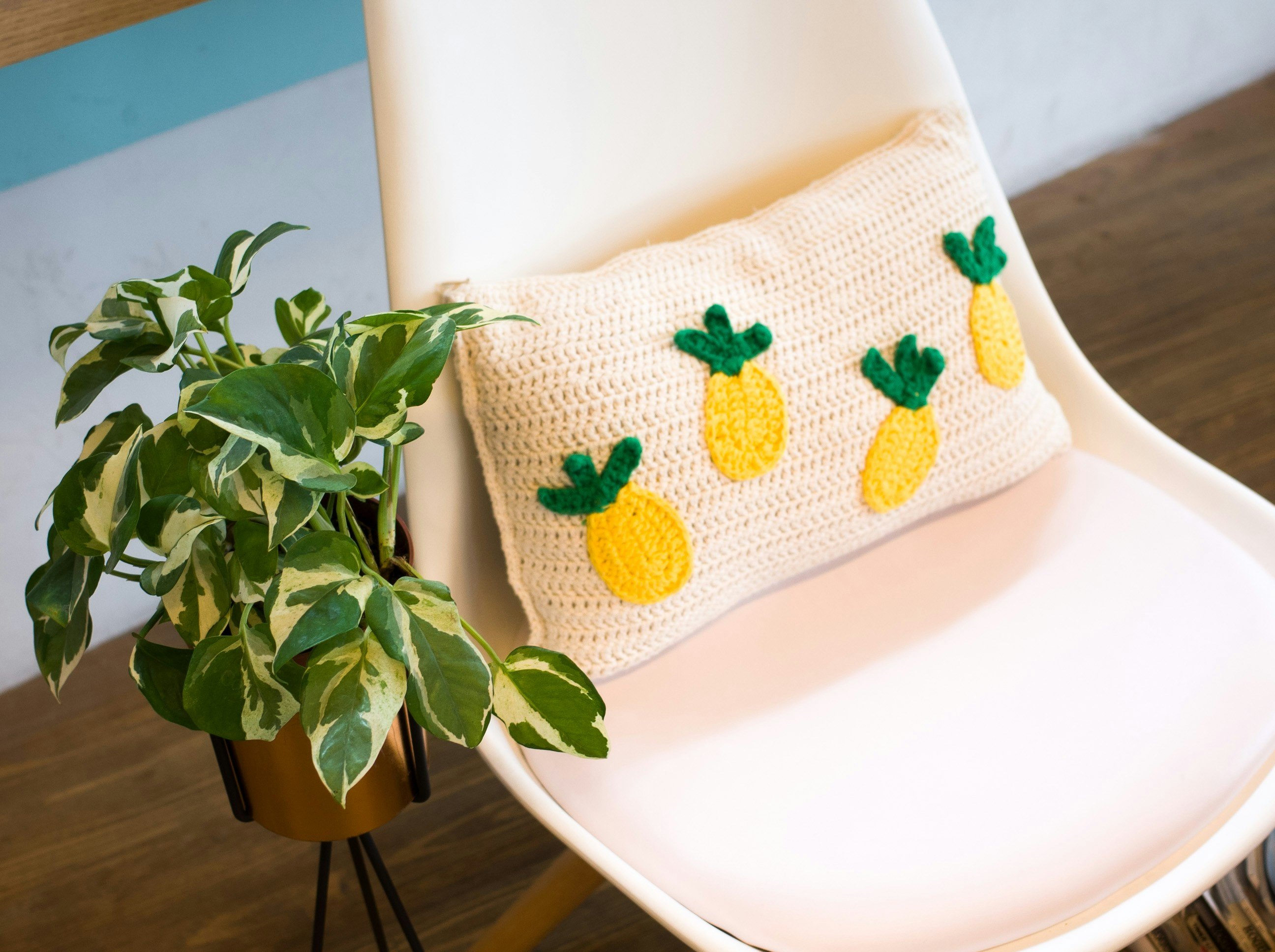
Why 90% of Households Choose the Wrong Pillow
In this article, we will explore the reasons behind this phenomenon, the consequences of using the wrong pillow, and how to select.Lack of Pillow AwarenessOne of the primary reasons why so many households choose the wrong pillow is simply a lack of awareness. Many people underestimate the importance of a well-suited pillow and prioritize other aspects of their sleep environment instead. As a result, they end up selecting pillows based on arbitrary factors like price or aesthetics, rather than considering their individual sleep needs.Choosing the Wrong Pillow: Consequences and Health IssuesUsing the wrong pillow can have several negative consequences on our sleep quality and overall health:1. Unfortunate Rest Quality: An evil-fitting cushion can prompt thrashing around, and unfortunate rest quality. It might cause neck, shoulder, and back torment, making it trying to track down an open to dozing position.2. Misalignment of the Spine: A cushion that doesn't offer sufficient help can prompt misalignment of the spine, which can add to constant agony and inconvenience. Inappropriate spinal arrangement can likewise influence the nature of rest and leave people feeling exhausted and unrested.3. Sensitivities and Respiratory Issues: Cushions that are not hypoallergenic or appropriately kept up with can gather dust parasites, allergens, and microbes over the long run. This can set off sensitivities, asthma, and other respiratory issues, compromising the general soundness of people.4. Rest Problems: Some unacceptable padscan compound rest issues like rest apnea or wheezing. It might deter aviation routes or advance unfortunate breathing examples during rest, prompting aggravations in rest examples and potential well-beingchances.
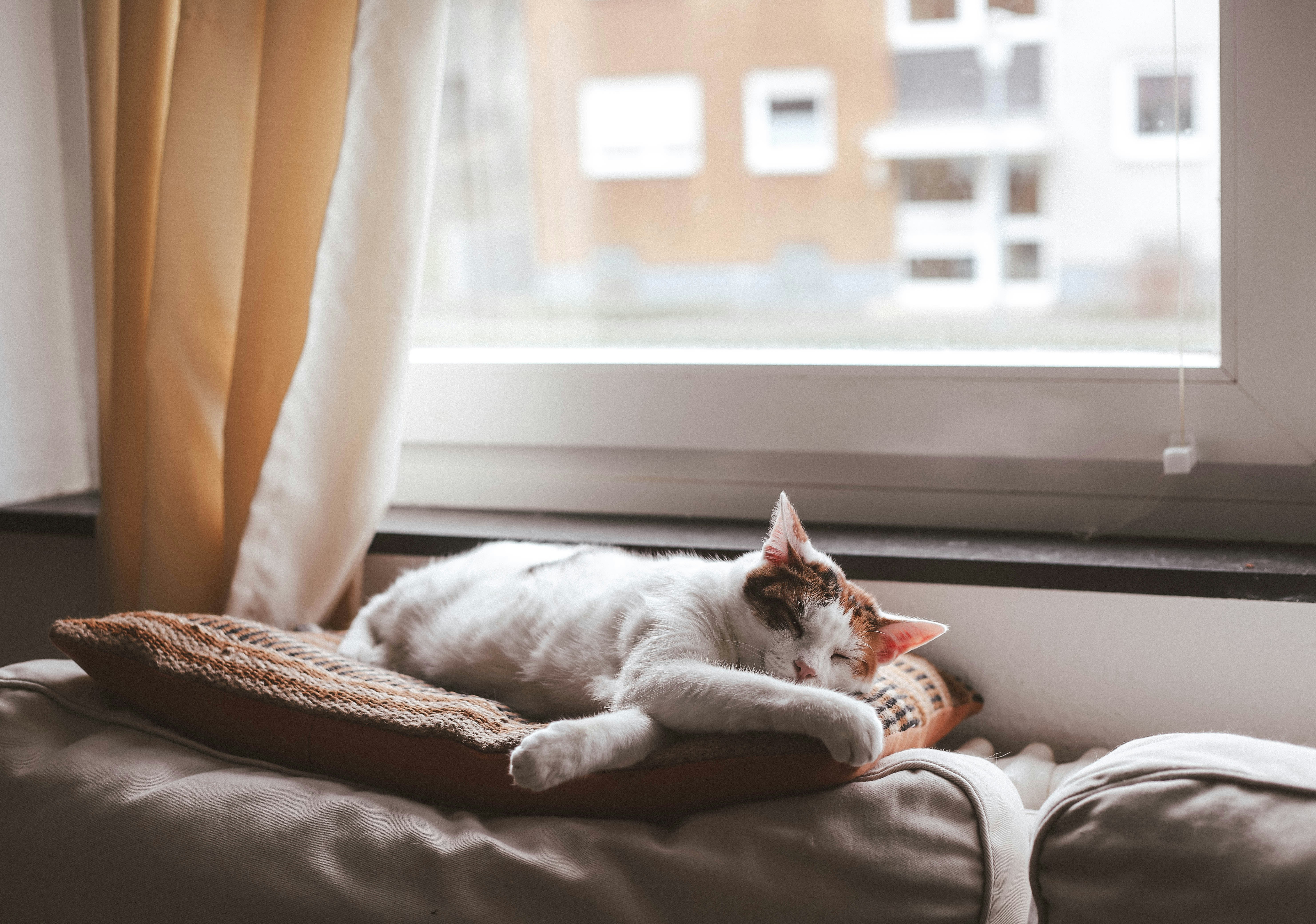
How Do We Cope Chronic Insomnia
This article will delve into the causes of chronic insomnia, its effects, and what we can do about it.1.The causes of chronic insomniaChronic sleeping disorder generally alludes to over one month, no less than three evenings seven days experience issues nodding off, light rest, simple to awaken or get up early rest issues. Its causes are complicated and shifted, including however not restricted to:Mental elements: like uneasiness, wretchedness, over the top tension and other mental issues, frequently lead to individuals in the night bunch of considerations, hard to rest.Ecological variables, for example, clamor, light, temperature and other natural elements can influence the nature of rest.Way of life: sporadic work and rest, over the top energy prior to hitting the sack, ill-advised diet, and so on, can prompt a sleeping disorder.Infection factors: A few persistent sicknesses, like torment, breathing hardships, coronary illness, and so forth, can set off a sleeping disorder.2.The impact of chronic insomniaChronic sleeping disorder influences people in numerous ways:Medical issues: Ongoing sleep deprivation can prompt a debilitated resistant framework and an expanded gamble of sicknesses, for example, hypertension, diabetes, and coronary illness.Mental trouble: a sleeping disorder patients are frequently joined by tension, despondency and other mental issues, further influencing the personal satisfaction.Diminished efficiency: Absence of rest can prompt unfortunate focus and memory, which can influence work efficiency.Family pressure: a sleeping disorder might prompt individual emotional episodes and influence family congruity.
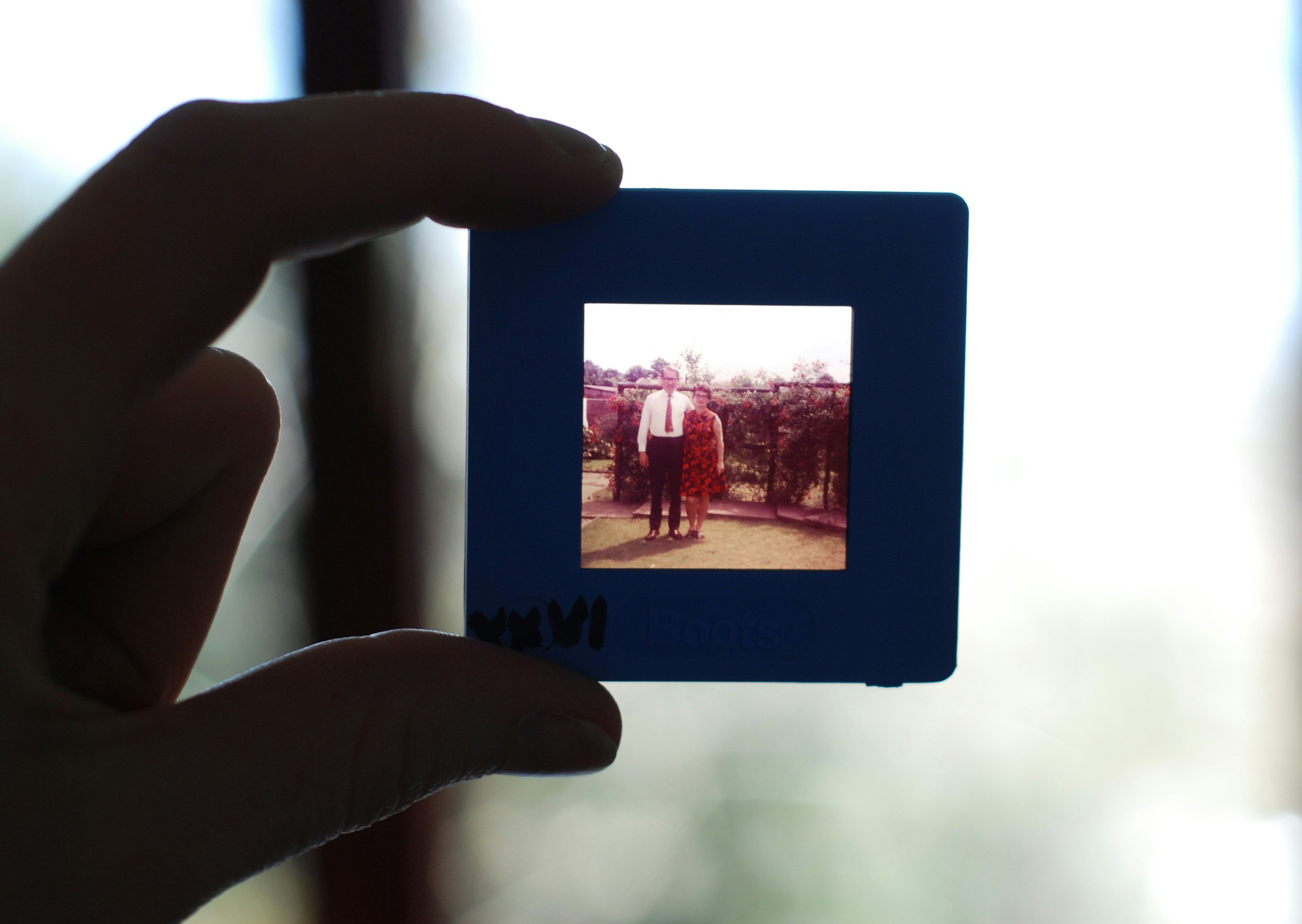
What Is the Best Material for Framing Restored Old Photos
1. Glass FrameThe transparency of the glass frame makes the photo clearly visible and can effectively block dust and moisture. In addition, the glass frame provides some protection from sunlight, air pollution and pollutants. Glass frames are a good choice for restored old photos. It can fully show the restoration effect of the photo and provide a certain protection. However, it should be noted that the glass frame may have a certain weight and fragility, so it needs to be handled carefully when hanging or handling to avoid accidental damage to the photo.2. Acrylic PanelAcrylic panel is a light and strong photo mounting material made of clear acrylic material. Compared to other materials, acrylic has lower weight and better resistance, so it is safer and easier to handle. The acrylic panel also can clearly show the details of the photo. Acrylic panels are an excellent choice for restored old photos. Not only does it provide protection from dust, moisture, and UV rays, it also enhances and improves the color and detail of your photos. In addition, the acrylic panel also has anti-reflection characteristics, which can reduce and lower the light reflection and make viewing more comfortable and clear.

A Fresh Guide to Essential Gear for Outdoor Hiking
To fully enjoy the journey, having the right gear is essential for safety, comfort, and convenience. In this comprehensive guide, we will explore the essential equipment needed for outdoor hiking and provide valuable insights for hikers to make informed decisions when it comes to gear selection.Footwear: The Foundation of Every HikeThe importance of proper footwear cannot be overstated when it comes to hiking. Invest in high-quality hiking boots or trail shoes that provide ankle support, a sturdy sole, and waterproofing. A proper fit is crucial to prevent blisters and ensure stability on rugged terrain.Backpack: Carrying Comfort and ConvenienceSelecting the right backpack is essential for carrying all your essential gear. Look for a backpack with padded shoulder straps, adjustable waist belt, and multiple compartments for organized storage. Consider the capacity based on the length of your hikes and the gear you plan to carry.Clothing: Layering for Comfort and ProtectionDress in layers to regulate body temperature and protect against the elements. Moisture-wicking base layers, insulating mid-layers, and waterproof outer layers are essential. Don't forget to pack a hat, gloves, and extra socks for changing weather conditions.Navigation Tools: Finding Your Way SafelyA reliable map and compass are essential for navigating through unfamiliar terrain. Consider complementing these traditional tools with a GPS device or smartphone app for added convenience. Be sure to familiarize yourself with how to use these tools before heading out.


